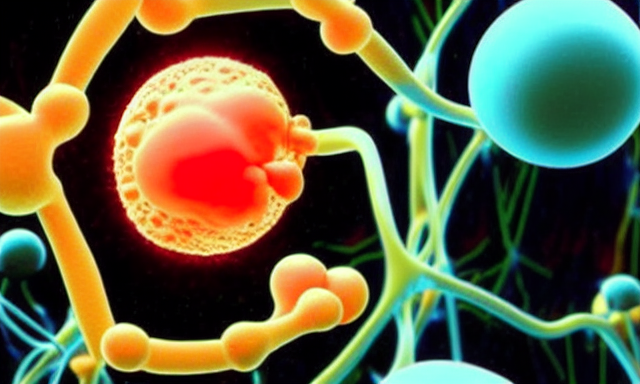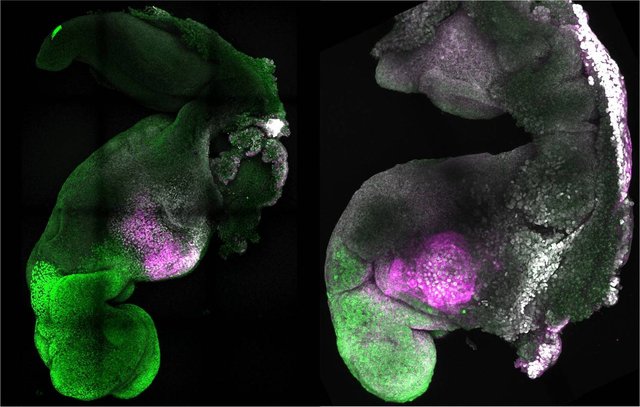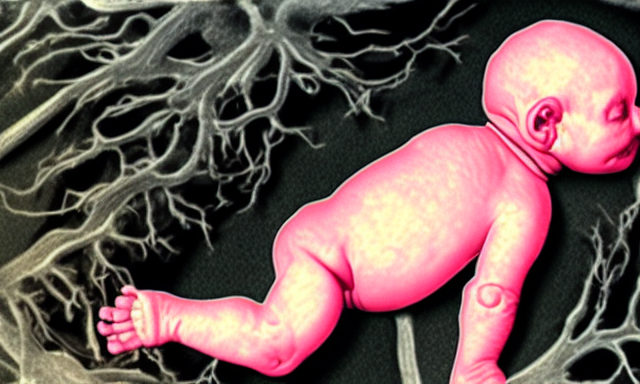The first synthetic human embryos
The first synthetic human embryos

Imagen creada por mi en playgroundai
The creation of synthetic human embryos from stem cells was announced at the annual meeting of the International Society for Stem Cell Research, it is a very important event since about 4,000 scientists from around the world participate, the best and brightest scientists in stem cells and regenerative medicine from all over the planet were present at this meeting, there they reported and discussed the new advances they have made in their field.

Souce
Like everything in science, this team has been working on their research for a long time and in August of last year this same team of researchers
presented the creation of synthetic mouse embryos, this achievement is confirmed, these embryos had a basic brain, a neural tube and a very simple heart, but that was capable of beating, all of this was achieved from a stem cell structure.

Imagen creada por mi en playgroundai
What the researchers did in 2022 was to take natural embryonic stem cells from a mouse and reprogram them to develop in the right direction, creating the structure of a synthetic mouse embryo, which has now been achieved because they basically did the same thing, only Instead of mouse stem cells, they used human stem cells. They reprogrammed those human cells to develop into three distinct tissue layers.
Thank you for visiting my blog. If you like posts about #science, #planet, #politics, #rights #crypto, #traveling and discovering secrets and beauties of the #universe, feel free to Follow me as these are the topics I write about the most. Have a wonderful day and stay on this great platform :) :)
This is a manual curation from the @tipU Curation Project. Your post was promoted on Twitter by the account josluds
@tipu curate
Upvoted 👌 (Mana: 3/7) Get profit votes with @tipU :)